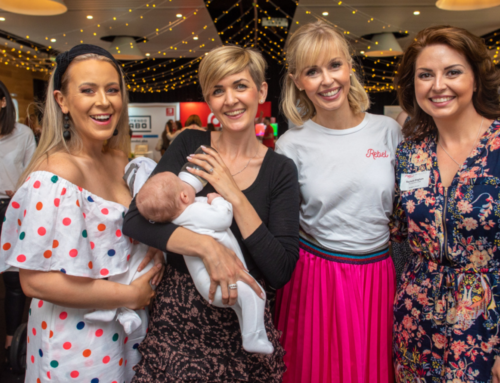September 8, 2021

Ever wondered how much pocket money Australian parents are dishing out to children? The new market research insights from the Finder Parenting Report explores the stats and facts about pocket money today.
Recently comparison site Finder released a new Parenting Report. In this report 1,033 parents of children under the age of 12 participated across Australia to reveal how much pocket money children are earning and current trends.
Overview
The top 5 key insights include:
- Parents give their sons an average of $10.30 per week
- Daughters receive an average of $9.30 per week
- Covid did not largely impact pocket money disbursements with 1 in 3 children receiving an increase from previous year.
- Children in Victoria are the winners, receiving on average $12.10 per week
- Children in South Australia fare worse, receiving on average less than $5 per week
What Mumpower Mums said
Mumpower shoppers agree with the findings. In a recent poll, Mumpower shoppers revealed that $10 per week is the average amount of pocket money given to children.
Children largely earn pocket money via household chores, achieving good school results and for good behaviour.
Other trends
In recent years, financial independence and financial literacy amongst youth is highlighted further, with brands such as Spriggy, a brand Mumpower has previously represented, aiming to make it easier for children to have greater independence with their pocket money and buying decisions they make.
Even with this independence and transformative products, Covid has ignited the biggest changes yet.
When Covid-19 first hit our shores, Spriggy founder Mario Hasanakos reveals how spend was impacted:
“We have seen a lot of change where our families’ kids are spending. We have seen a big shift to online purchasing, especially online games. We’ve watched the number of transactions on fast food fall over the period, which might just mean our kids are eating a little healthier. And we’ve also seen savings rates increase as our families’ kids are saving more of their pocket money. It’s been a period of a lot of change for families over the last few months. It’s been a real privilege to be a source of safety and convenience at a time when Mums and Dads have enough to think about. Hopefully we can take the best bits of it and make it part of everyday life going forward.”
What does this mean for Mum-centric brands?
As financial literacy in children increases and new products and services support children with managing their own money, the opportunity exists for brands to stay connected to this generation who will have more say over how and what brands they choose to buy.
Brands that lean into these trends of the next generated will fast track connectedness and relevance with a new, powerful buying group.
Interested in other Market Research insights? Here’s another article about industry trends you might like to check out.









